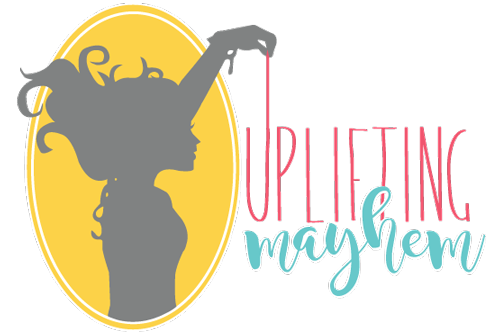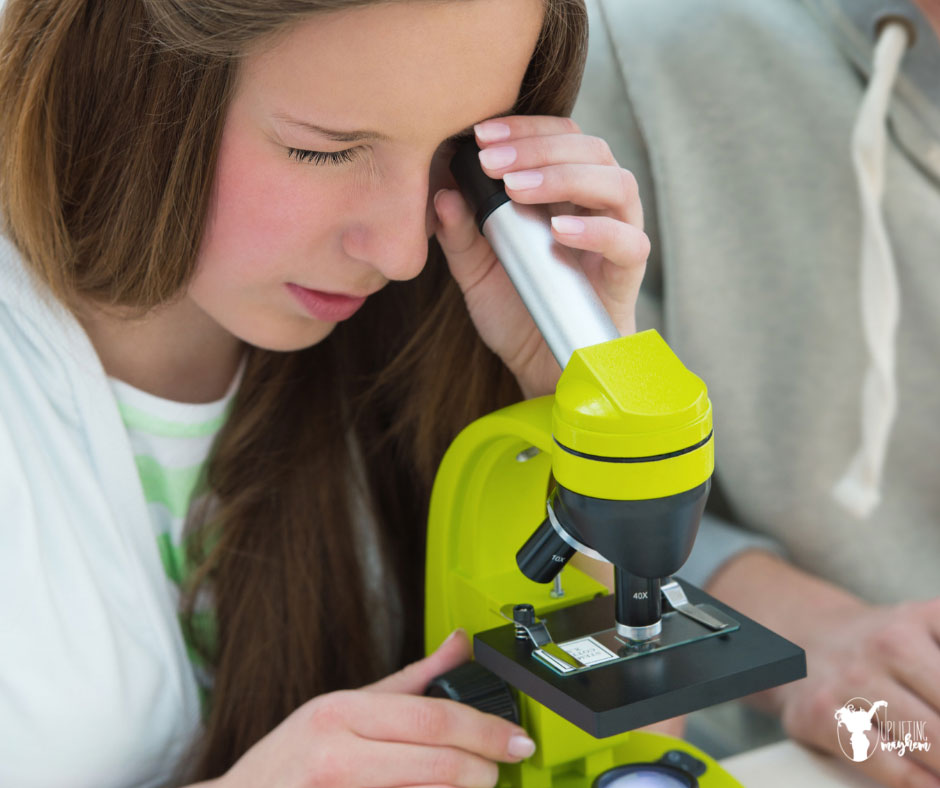Whether it’s for the science fair, extra credit, or just exploration, there are plenty of fantastic science experiments that seventh graders can do. Here’s a roundup of 15 fascinating science experiments for 7th graders or any child of any age really who is interested in discovering something new!! These are some of the best experiments shared across the web that are definitely worth trying.
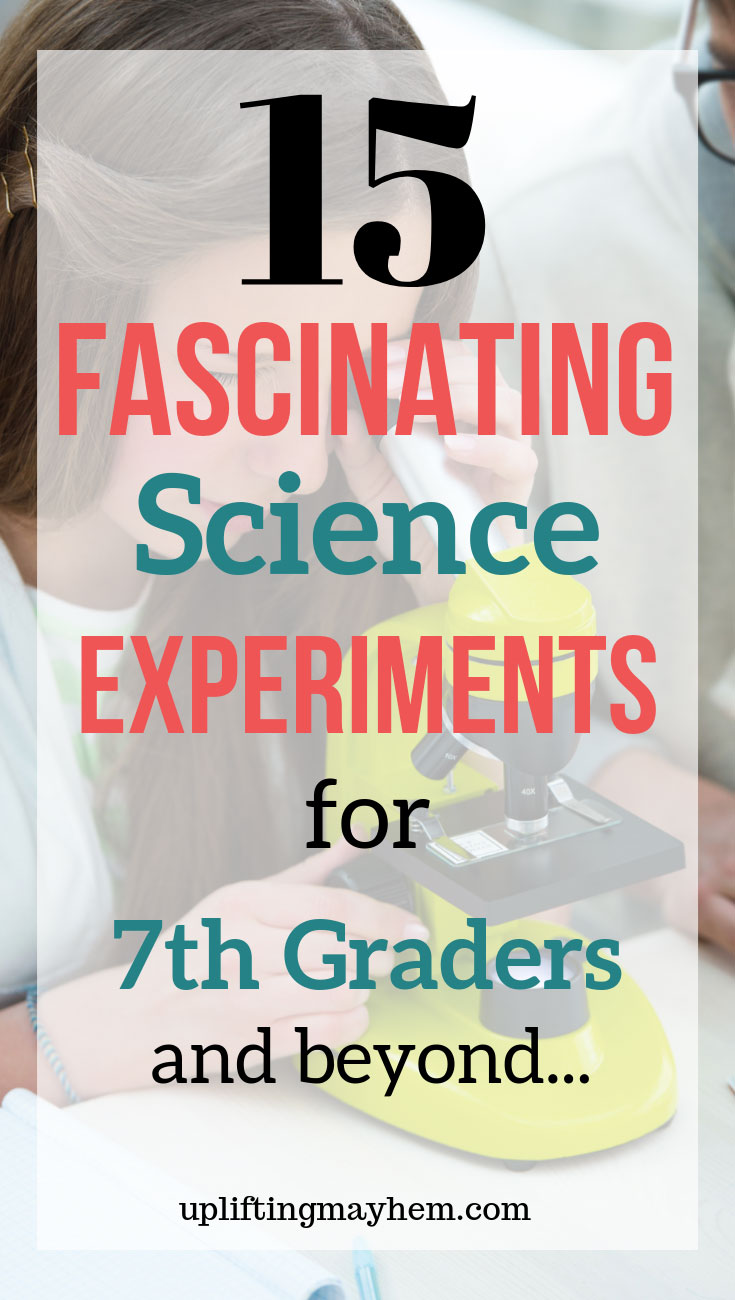
15 Fascinating Science Projects for 7th Graders…..and beyond.
#1 – Check Out Charcoal’s Purification Abilities
This experiment demonstrates how charcoal powder, or activated carbon, purifies water. Charcoal is used in many water filtration systems, but seeing it in action is quite impressive–and all you’ll need is activated carbon, dirty water, and a few jars! Click here for instructions.
#2 – Determine If Mint Is Actually Cooling
Sure, mint always leaves your mouth feeling cooler–but does it actually cool it down? Get the details with this fun experiment that only requires some hot water, a thermometer, and some breath mints to setup. Click here for instructions.
#3 – Experiment with what plants grow best in your home in a homemade grow box
This is such a fun experiment that your kids will love to do! Pick a various amount of seeds to plant and experiment to see which one comes up first, which one produces first etc. The possibilities are endless. Click here for instructions.
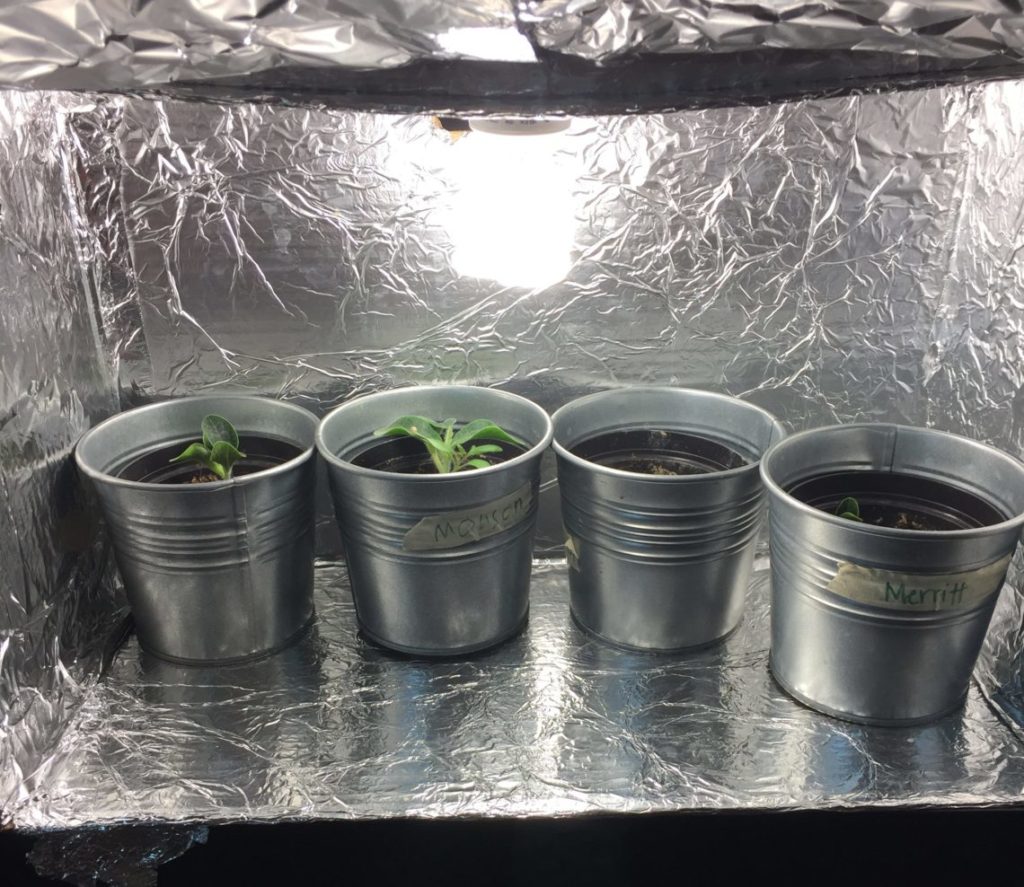
#4 – Harness The Power of the Sun
Design the most powerful “solar oven” you can using whatever materials you have on hand–like a pizza box and some aluminum foil. Then, test the effectiveness of a few different designs and make calculations regarding how long it takes each oven, at what outdoor temperature, to melt a bar of chocolate in direct sunlight. Click here for instructions.
#5 – Measure The Effectiveness of Different Insulations
Have you ever noticed how quick ice melts when you carry a cup or glass outside? You may have even noticed that ice seems to melt more slowly when placed in a foam cup compared to a paper or plastic one. In this experiment, you’ll put these materials to the test to measure the effectiveness of each type of insulated cup–ranging from a normal glass to a cups with and without lids. Click here for instructions.
#6 – How Does Color Affect Your Memory
Are certain colors more memorable or stick out more than others? Find out with this awesome science project to see if your brain remembers things better if they are in certain colors!! Click here for instructions.
#7 – See If You Can Prevent or Delay Rust
Rust is the result of corrosion, which occurs when moisture meets bare metal. It has long been a problem in the automotive industry and countless other fields–so what can we do to prevent or delay it? Test this out by using various products and substances (such as coatings and special paints) on clean metal and then dropping the metal into water to see what rusts the quickest. Click here for instructions.
#8 – Measure The Impact of Caffeine
Caffeine is a known stimulant and it can certainly give you a kick of energy in the morning, but does it really improve your speed or productivity? In this experiment, you’ll get to explore just how caffeine effects the body and if it really has any improvement over speed and efficiency. A typing test is a great way to measure results! Click here for instructions.
I am not an advocate of caffeine on a regular basis but discovering what caffeine does to your body could be an interesting experiment. An experiment could be done with how it affects different people differently.
#9 – Find Out If Stretching Matters
Everyone tells you to stretch out your muscles for improved flexibility, but does stretching really make a difference? Find out by measuring flexibility before and after various stretches. Click here for instructions.
#10 – Use Cabbage to Test pH
Measuring the alkaline or acidic content of a substance doesn’t require pH strips. In this experiment, you’ll just boil down some red cabbage and use it to measure the pH of various items. The rule is simple: acids turn red and bases turn green! Click here for instructions.
I remember doing this experiment in elementary and then again in High School. Posters were updated and we ended up taking second place in High School…HA HA!!
#11 – How Much Salt Does it Take to Float in Water???
This is an easy and fun experiment to do with eggs. You will discover how much salt it takes to allow yourself to float in water without sinking. Click Here for Instructions
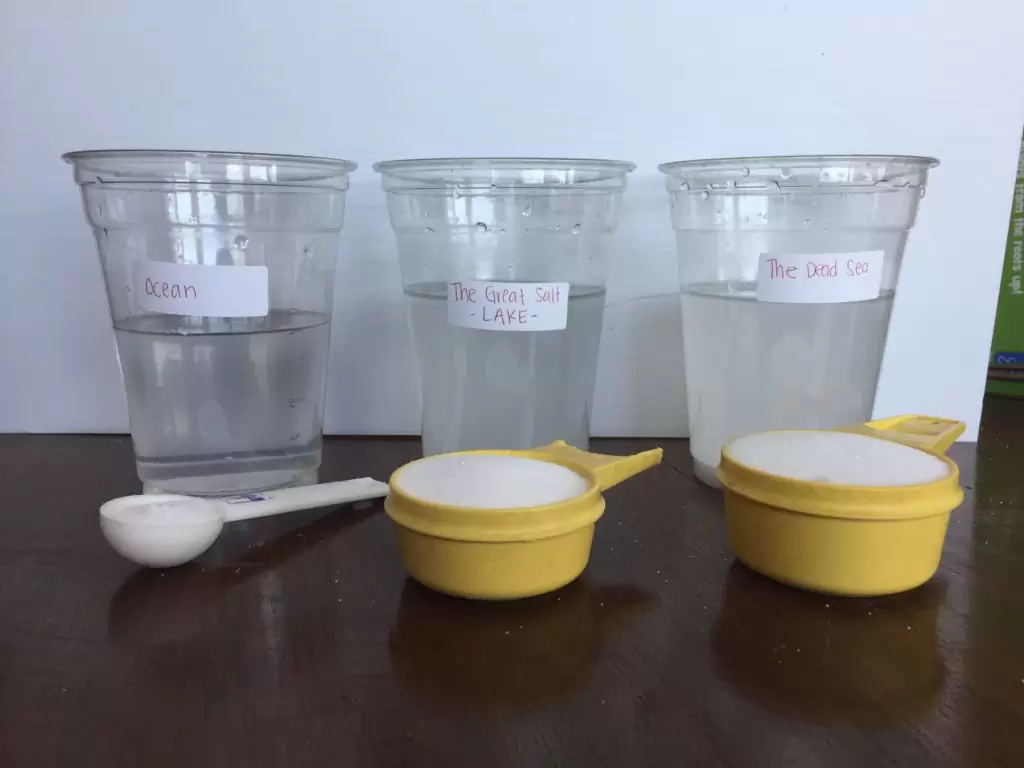
#12 – See What Else Floats (or Sinks)
Most people know that oil floats in water, but the point of this experiment is to see where everything else falls. You’ll just need to take a few different substances and put them in a tall pitcher. Figure out the right order and you can make a rainbow! Click here for instructions.
#13 – Build a Generator from Scratch
Anyone can plug into a potato, but how about building a real electricity generator? With a few basic supplies, you can figure out how to do just that in this exciting science experiment. You can also easily expand upon this experiment by trying various things with the generator you build. Click here for instructions.
#14 -What do Sugary Drinks do to Our Teeth
Find out with this fun Science Experiment what sugary drinks do to your teeth! This experiment may have you think twice about how much sugary drinks you actually consume! Click here for instructions.
#15 – Testing the Effectiveness of Sunscreens
There are so many sunscreens on the market and some work better than others!! This is a fun experiment that can benefit others with your findings!! You can buy little beads that change color when placed under ultra violet light Click here for instructions.
I hope you have found at least one in this list of science experiments for 7th graders and beyond!!
